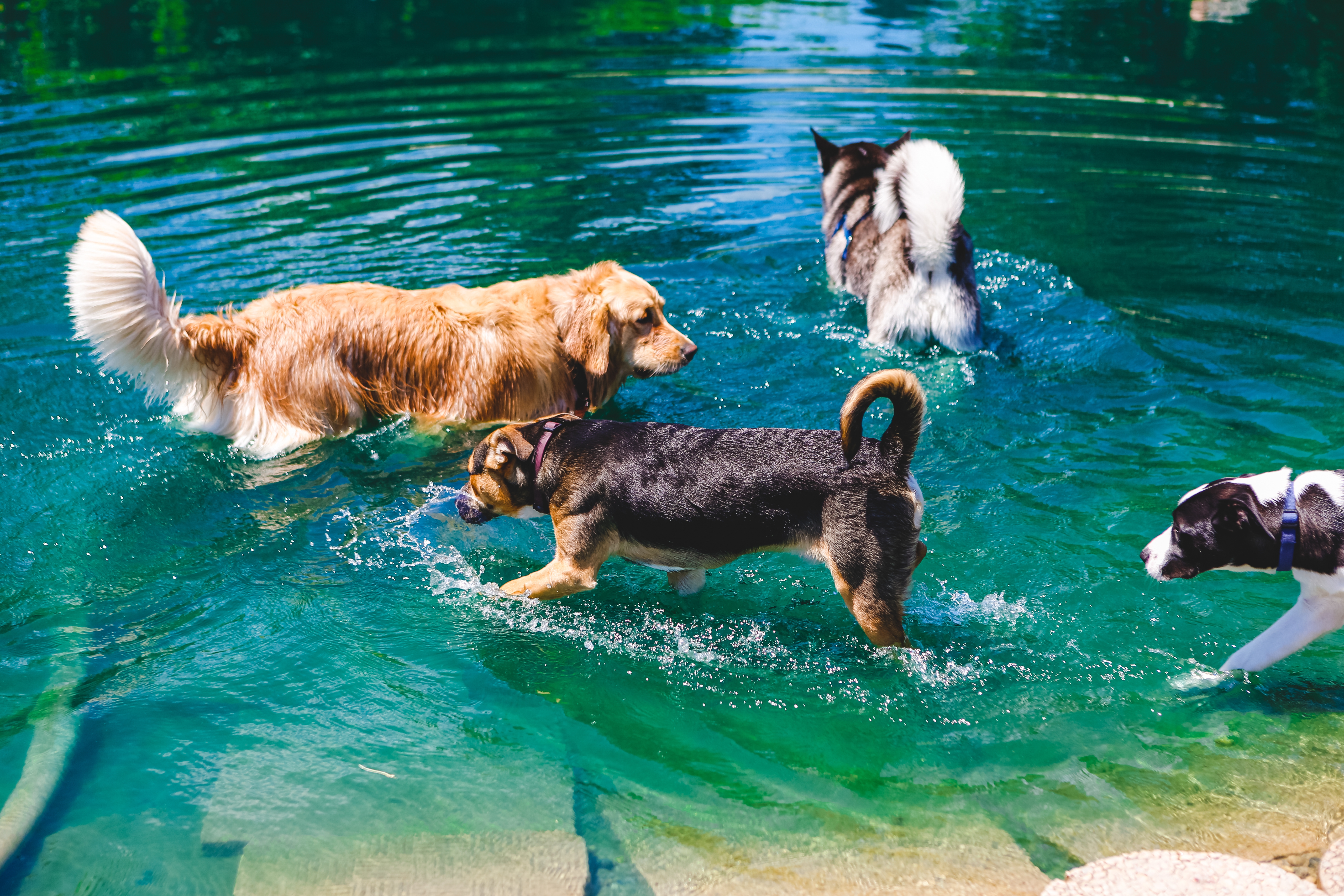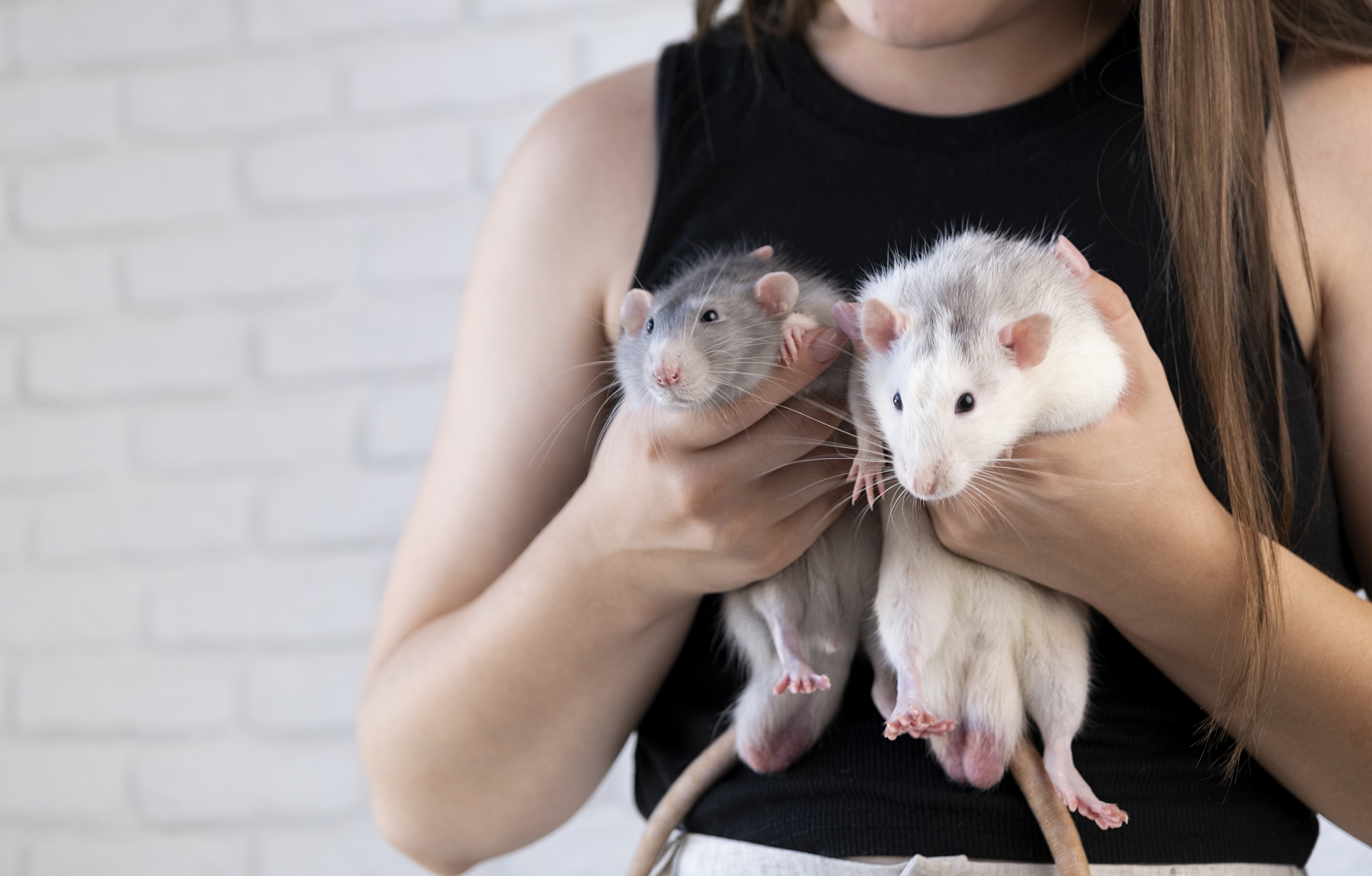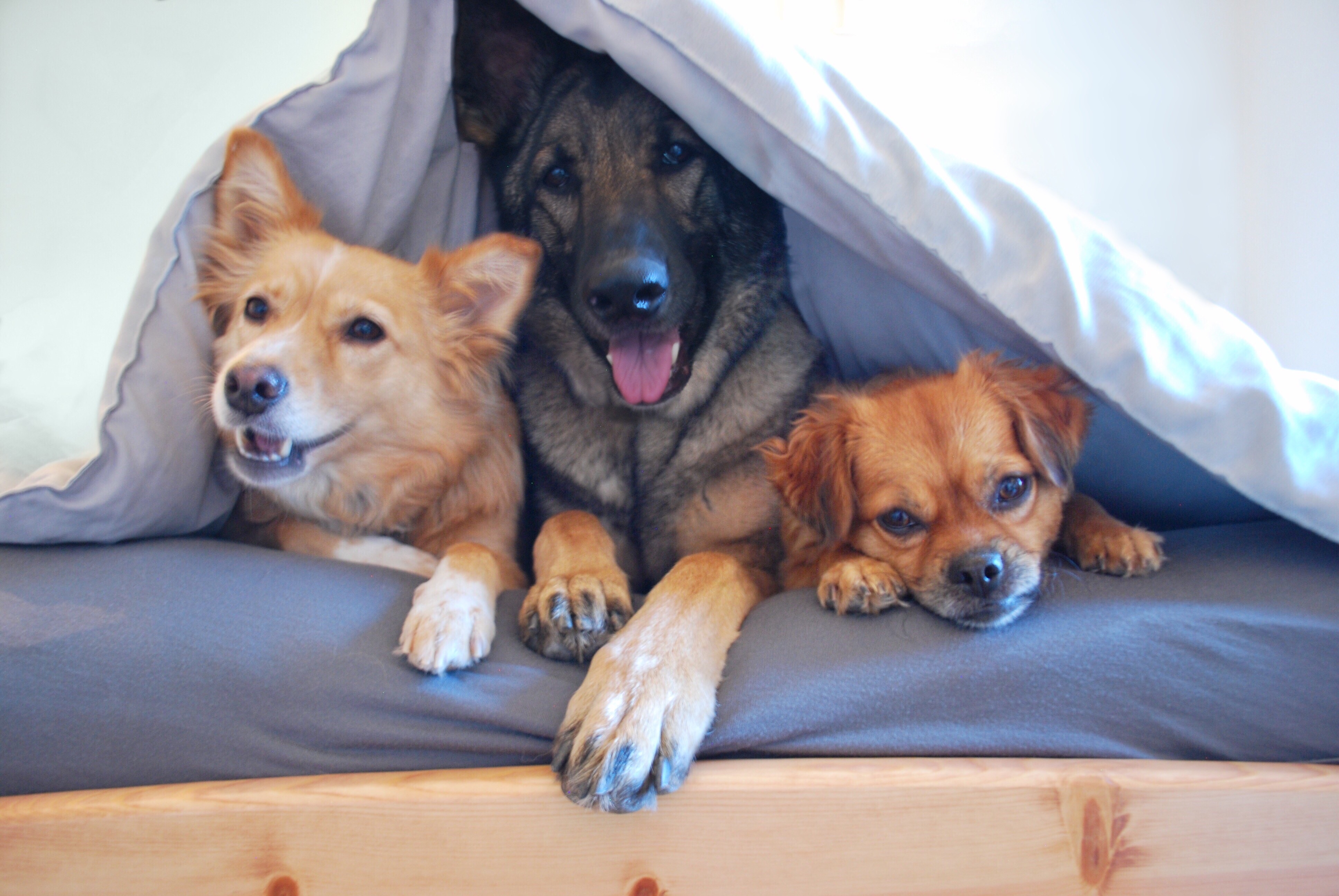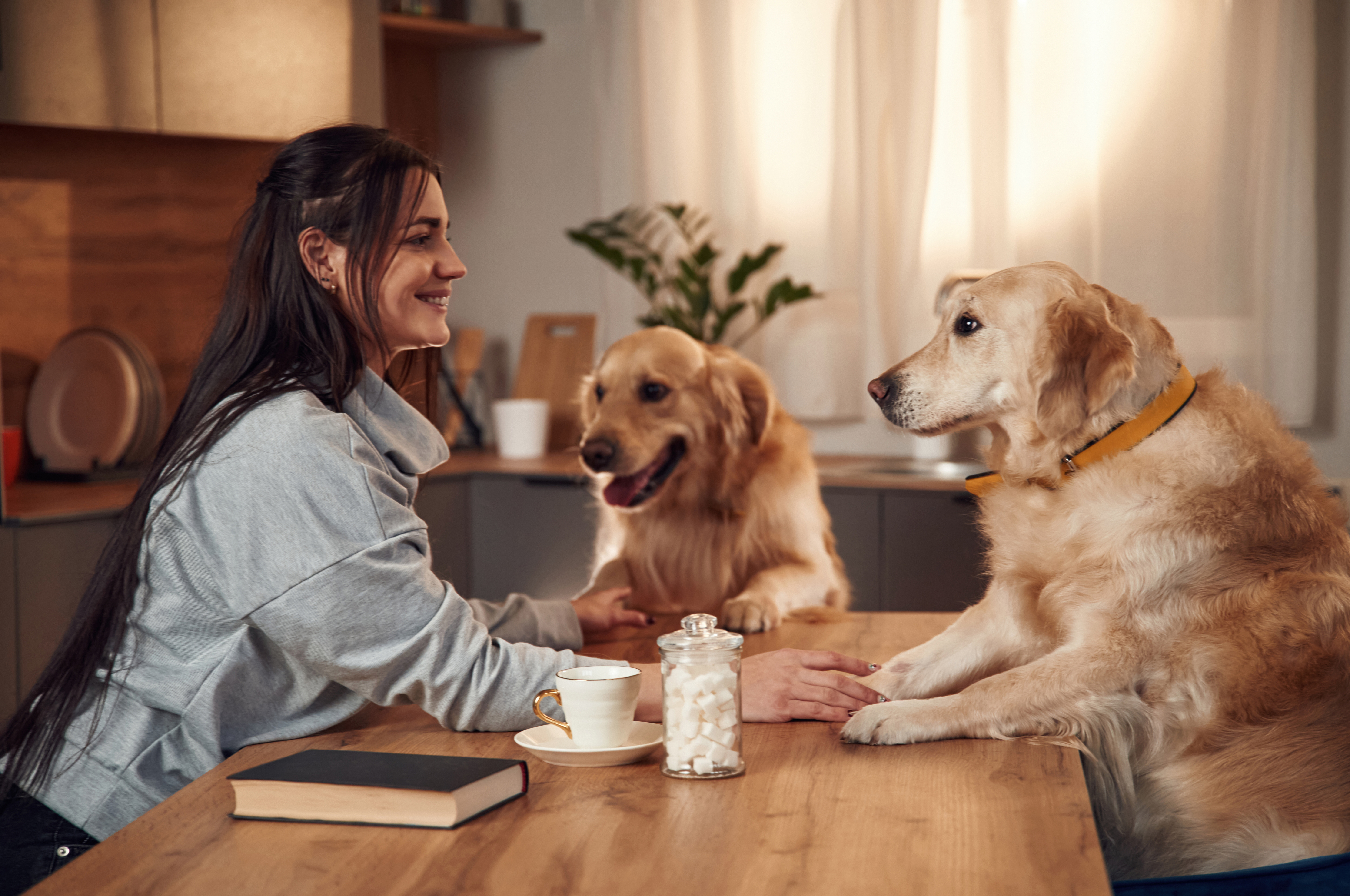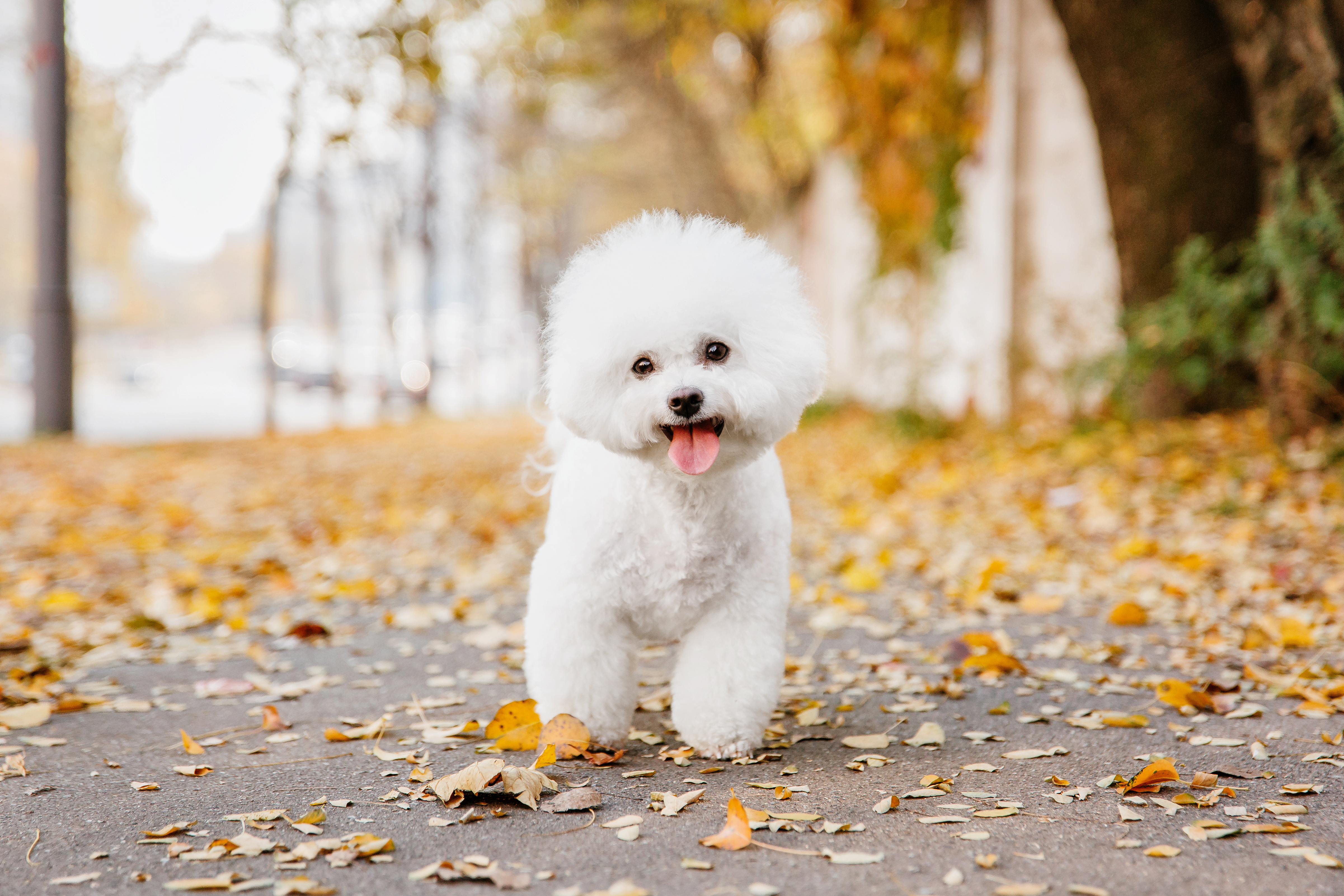10 Genius Hacks to Stop Your Dog From Chewing Everything in Sight
Chewing is a natural behavior for dogs, rooted deeply in their instincts and development. Understanding why dogs chew is the first step in preventing your home from turning into a chew toy paradise. Puppies chew as a way to explore their world, much like human infants. It helps them relieve the discomfort of teething. For adult dogs, chewing is a way to keep their jaws strong and teeth clean. It also combats boredom and can relieve mild anxiety or frustration. By understanding these motivations, owners can better address the underlying causes of destructive chewing. Instead of viewing it solely as a problem, we can see it as an opportunity to guide our dogs toward more appropriate chewing habits.
1. Identifying Chewing Triggers
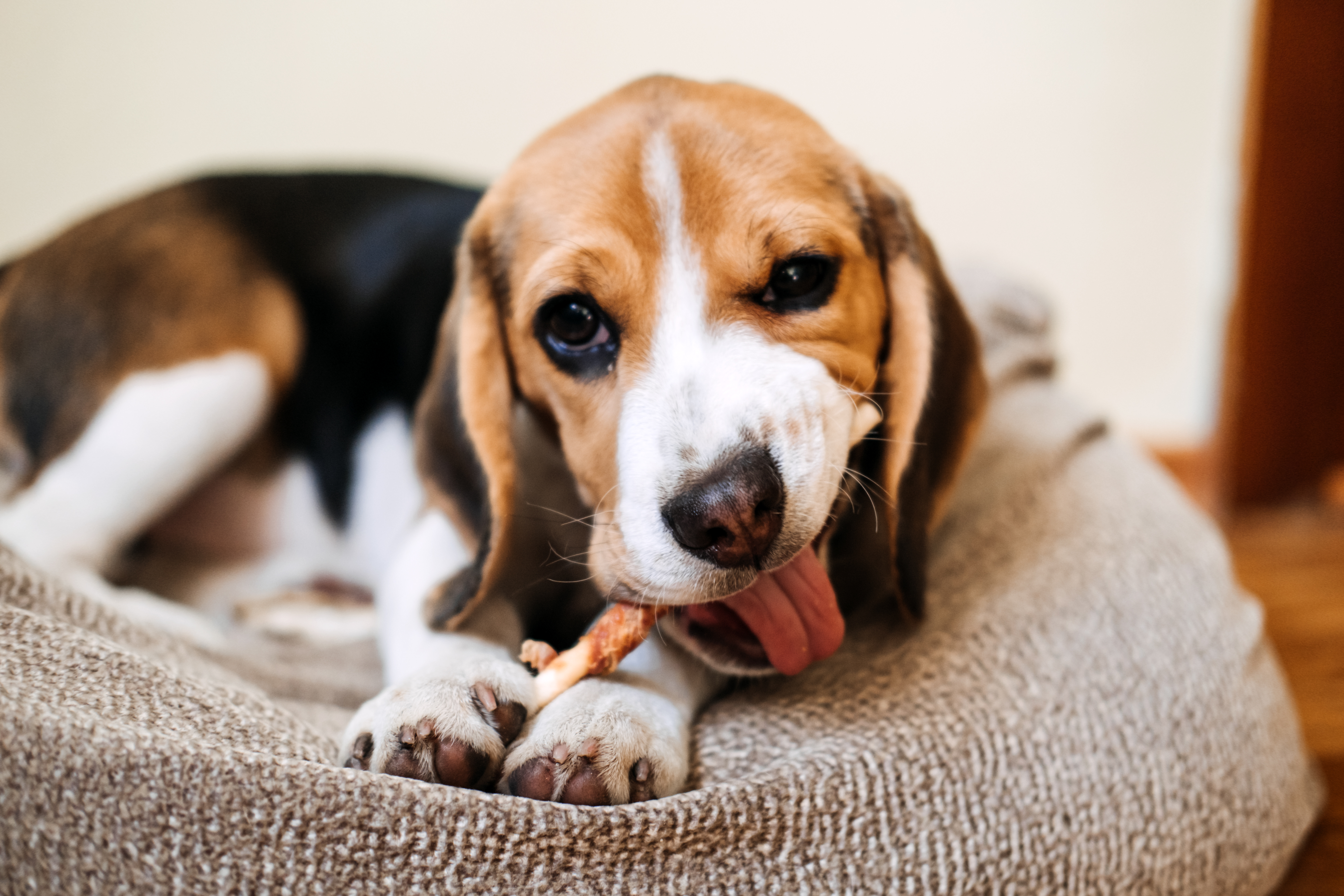
To effectively address chewing, it's crucial to identify what triggers this behavior in your dog. Common triggers include boredom, anxiety, teething, and lack of appropriate outlets for natural instincts. Observing your dog's behavior can provide valuable insights into their specific triggers. For instance, if your dog tends to chew when left alone, separation anxiety might be the root cause. Alternatively, if chewing occurs after long periods of inactivity, it might be due to boredom. Once you've identified the triggers, you can tailor your approach to address them directly. For example, if boredom is the issue, increasing physical and mental stimulation can help. If anxiety is the culprit, strategies such as crate training or using calming aids might be effective. Understanding the unique triggers for your dog is essential for developing a successful prevention plan. This section emphasizes the importance of observation and understanding in crafting a personalized approach to managing destructive chewing.
2. The Role of Diet and Nutrition
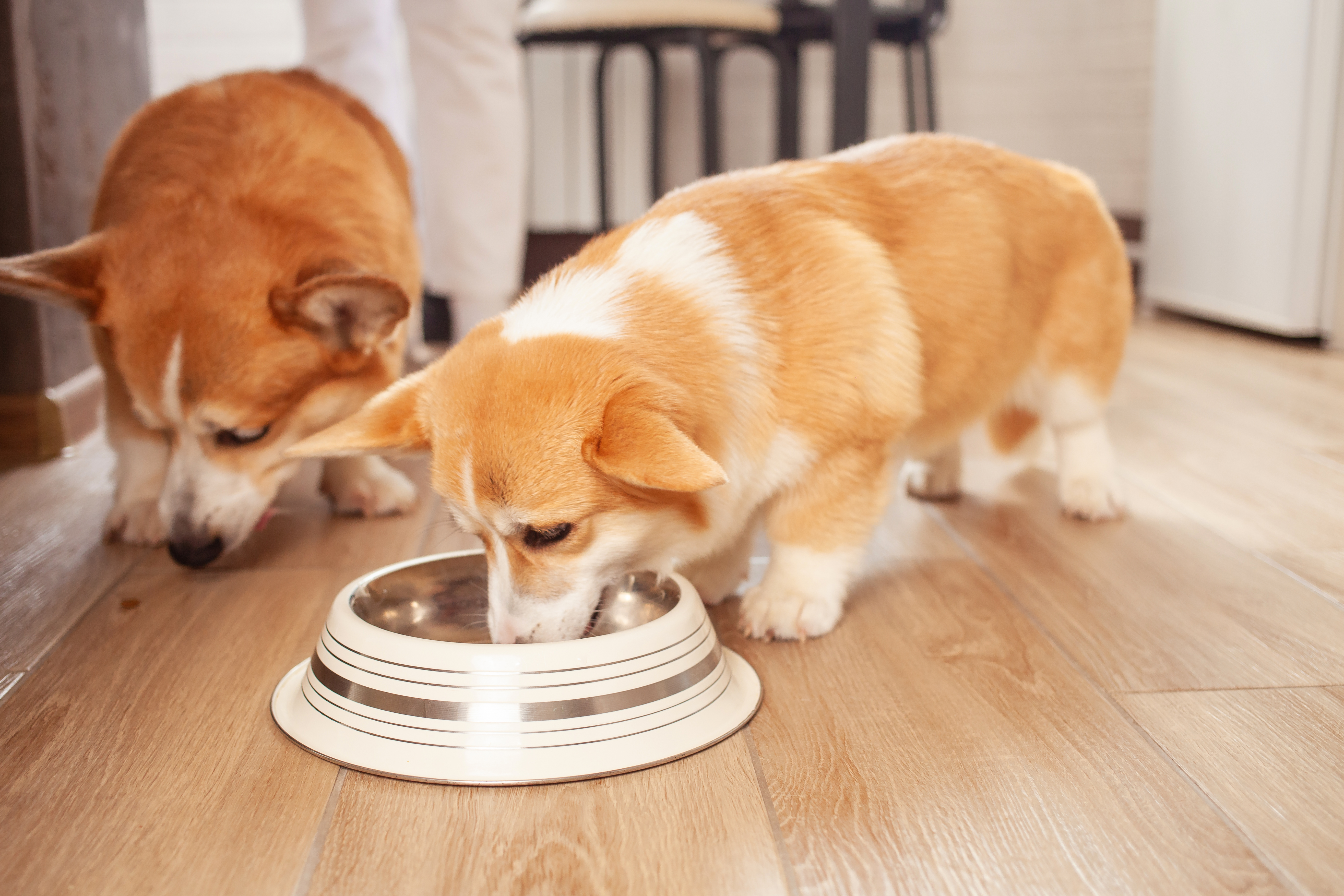
Diet and nutrition play a significant role in your dog's chewing habits. Poor nutrition can lead to deficiencies that may manifest as increased chewing due to cravings or discomfort. Ensuring your dog receives a balanced diet, rich in essential nutrients, can help mitigate these issues. High-quality dog food that meets your pet's specific needs is crucial. Consult with a veterinarian to ensure that your dog's diet is appropriate for their age, breed, and activity level. In addition to a balanced diet, providing dental chews or toys designed to promote oral health can satisfy your dog's need to chew while also benefiting their teeth and gums. These products can serve as a healthy outlet for natural chewing instincts. This section highlights the importance of nutrition in overall canine health and behavior, offering practical advice on how to use diet to manage chewing tendencies. By addressing dietary needs, you not only improve your dog's health but also reduce the likelihood of destructive chewing.
3. Providing Appropriate Chew Toys
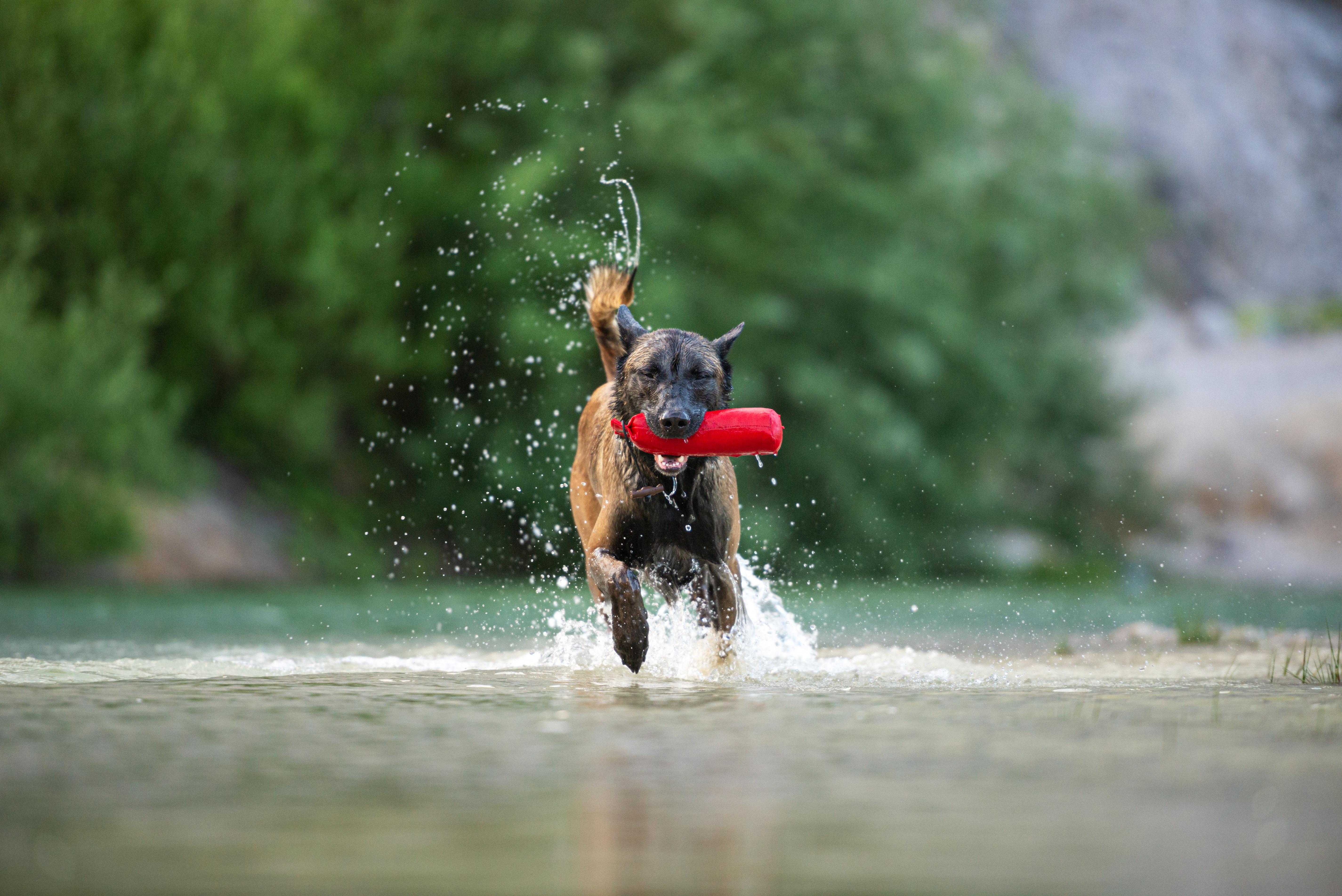
One of the most effective ways to prevent destructive chewing is to provide your dog with appropriate chew toys. These toys offer a safe and satisfying outlet for their natural chewing instincts. When selecting chew toys, consider the size, durability, and material. Toys should be large enough that they cannot be swallowed but not so large that they are difficult to handle. Durable materials such as rubber or nylon are often best, as they can withstand vigorous chewing. Rotating toys regularly can keep your dog engaged and prevent them from becoming bored. Introducing new textures and shapes can also stimulate your dog's interest. It's important to supervise your dog with new toys to ensure they are safe and appropriate. This section underscores the importance of providing suitable alternatives to household items, helping to redirect your dog's chewing behavior in a positive manner. By offering a variety of engaging chew toys, you can satisfy your dog's natural instincts while protecting your home.
4. Training Techniques to Discourage Destructive Chewing
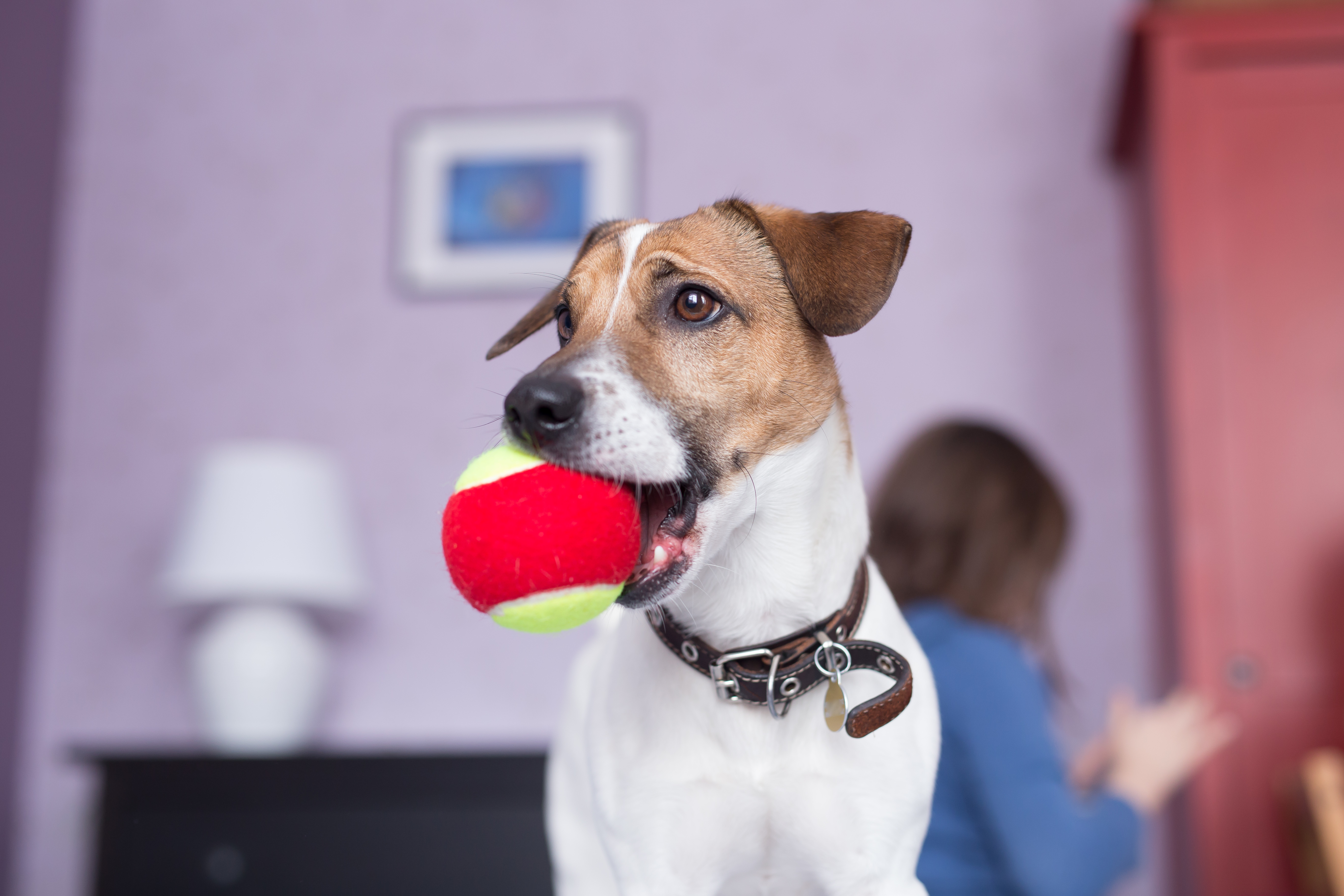
Training is a critical component in preventing destructive chewing. Positive reinforcement techniques can be particularly effective in teaching your dog what is and isn't acceptable to chew. When you catch your dog chewing on an inappropriate item, calmly redirect them to an appropriate chew toy. Once they engage with the correct item, offer praise or a small treat to reinforce the behavior. Consistency is key; ensure all family members are on the same page regarding rules and responses. In addition to redirection, teaching basic commands such as "leave it" or "drop it" can be invaluable tools. These commands can help you manage your dog's behavior and prevent them from chewing on inappropriate items. Enrolling in a basic obedience class can provide additional support and structure for both you and your dog. This section emphasizes the importance of training as a proactive approach to managing chewing behavior, offering practical techniques to guide your dog toward more appropriate habits.
5. Creating a Chew-Free Environment
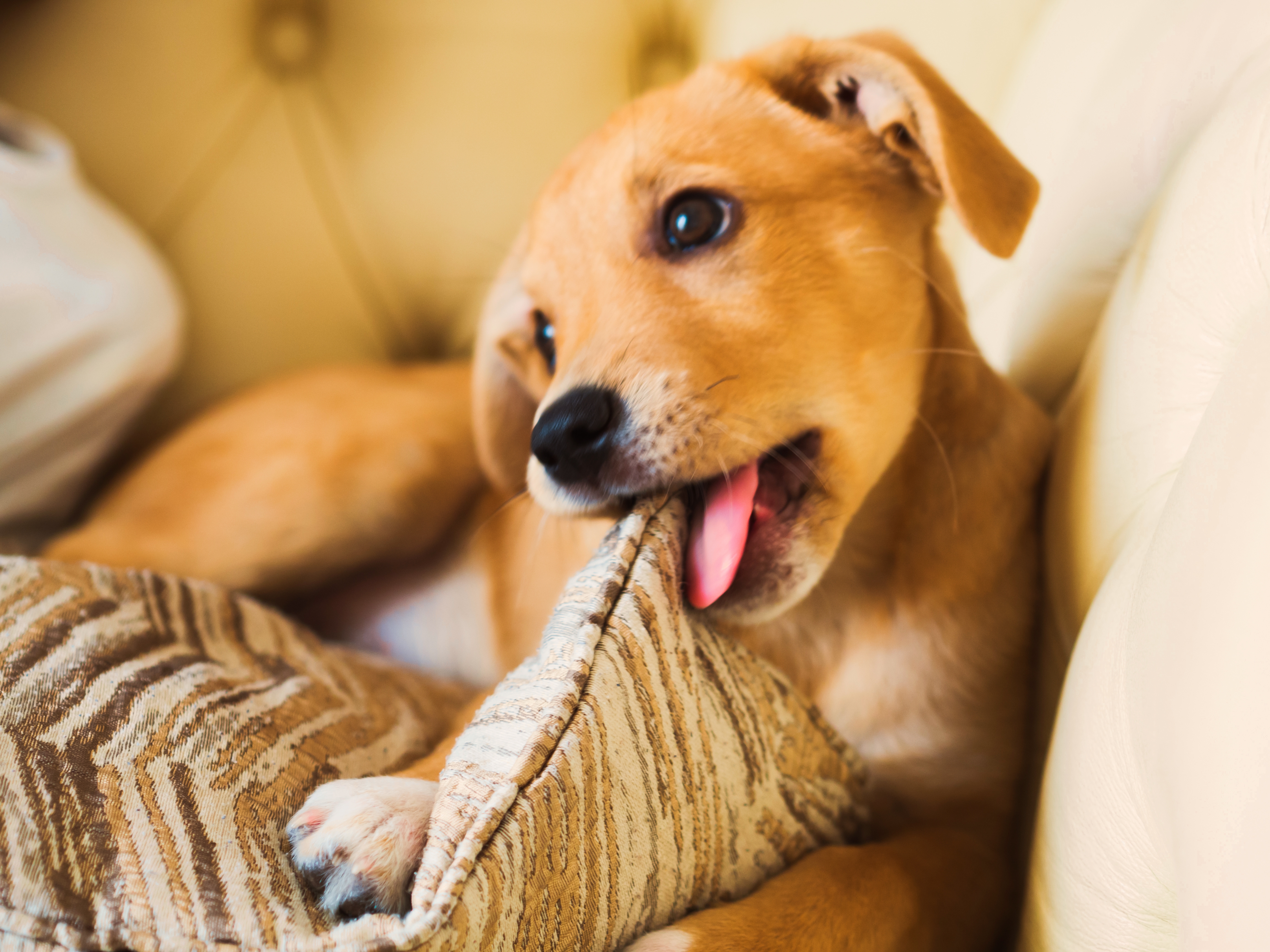
Creating an environment that discourages destructive chewing involves both proactive and preventative measures. Begin by dog-proofing your home, removing or securing items that might tempt your dog to chew. This includes shoes, remote controls, and electrical cords. Providing ample storage solutions for personal items can significantly reduce the risk of unwanted chewing. Using deterrent sprays on furniture and other off-limits items can also be effective. These sprays have a bitter taste that discourages chewing without harming your dog. Additionally, ensuring that your dog has a designated area with their toys and bedding can help them understand where they are allowed to chew. This section focuses on practical steps to modify your home environment, making it easier for your dog to make the right choices and reducing the likelihood of destructive behavior.
6. The Importance of Exercise and Mental Stimulation
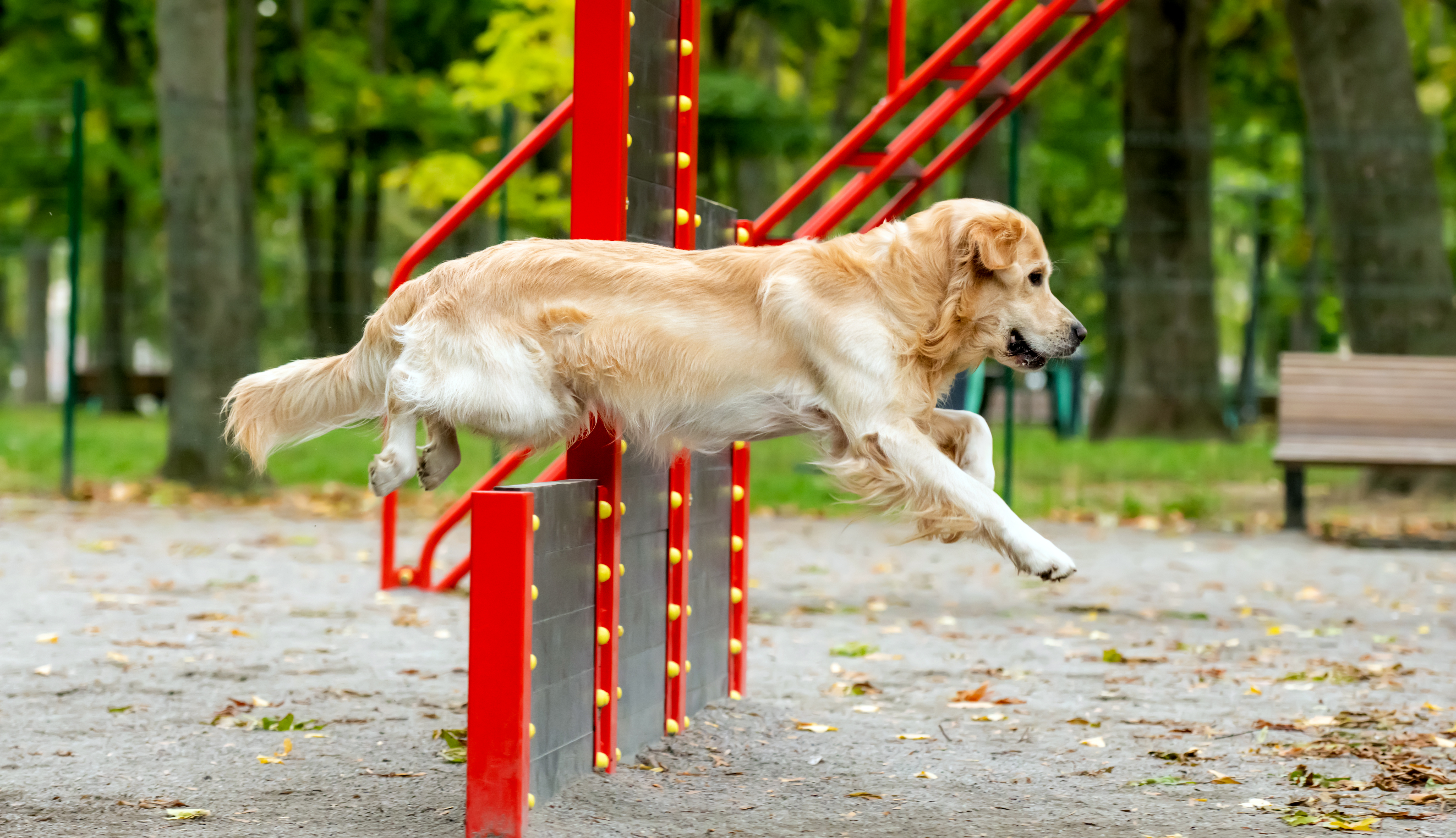
Adequate exercise and mental stimulation are vital components of preventing destructive chewing. Dogs with pent-up energy are more likely to engage in unwanted behaviors such as chewing. Regular walks, play sessions, and interactive games can help burn off excess energy and reduce the urge to chew. Tailor the intensity and duration of exercise to your dog's breed, age, and health status. In addition to physical exercise, mental stimulation is crucial for keeping your dog engaged and satisfied. Puzzle toys, training sessions, and scent games can challenge your dog's mind and provide a healthy outlet for their instincts. This section highlights the importance of a holistic approach to your dog's well-being, emphasizing the role of exercise and mental engagement in preventing destructive behavior. By meeting your dog's physical and mental needs, you can significantly reduce the likelihood of them turning to inappropriate chewing.
7. Addressing Anxiety and Stress
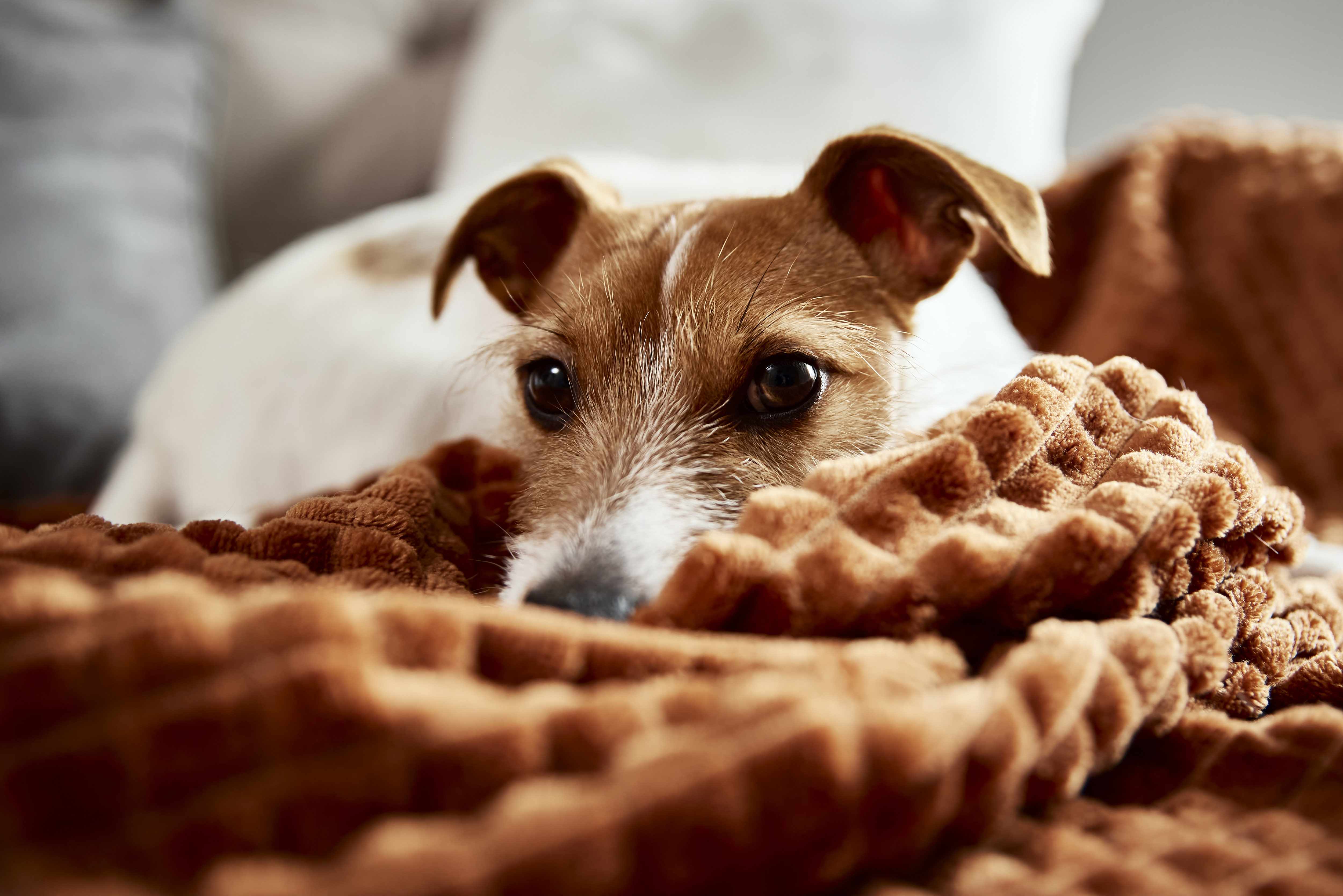
Anxiety and stress are common causes of destructive chewing, particularly in dogs that are left alone for extended periods. Separation anxiety can lead to destructive behaviors as a coping mechanism. Identifying signs of anxiety, such as excessive barking, pacing, or drooling, can help you address the root cause. Providing a safe, comfortable space for your dog when you're away can help them feel more secure. Consider using calming aids such as pheromone diffusers, anxiety wraps, or natural supplements to help manage stress. In severe cases, consulting with a veterinarian or a professional dog behaviorist may be necessary. This section focuses on understanding and addressing the emotional well-being of your dog, offering strategies to reduce anxiety and prevent chewing as a stress response. By creating a calm and secure environment, you can help your dog feel more at ease and less inclined to engage in destructive chewing.
8. The Role of Routine and Structure
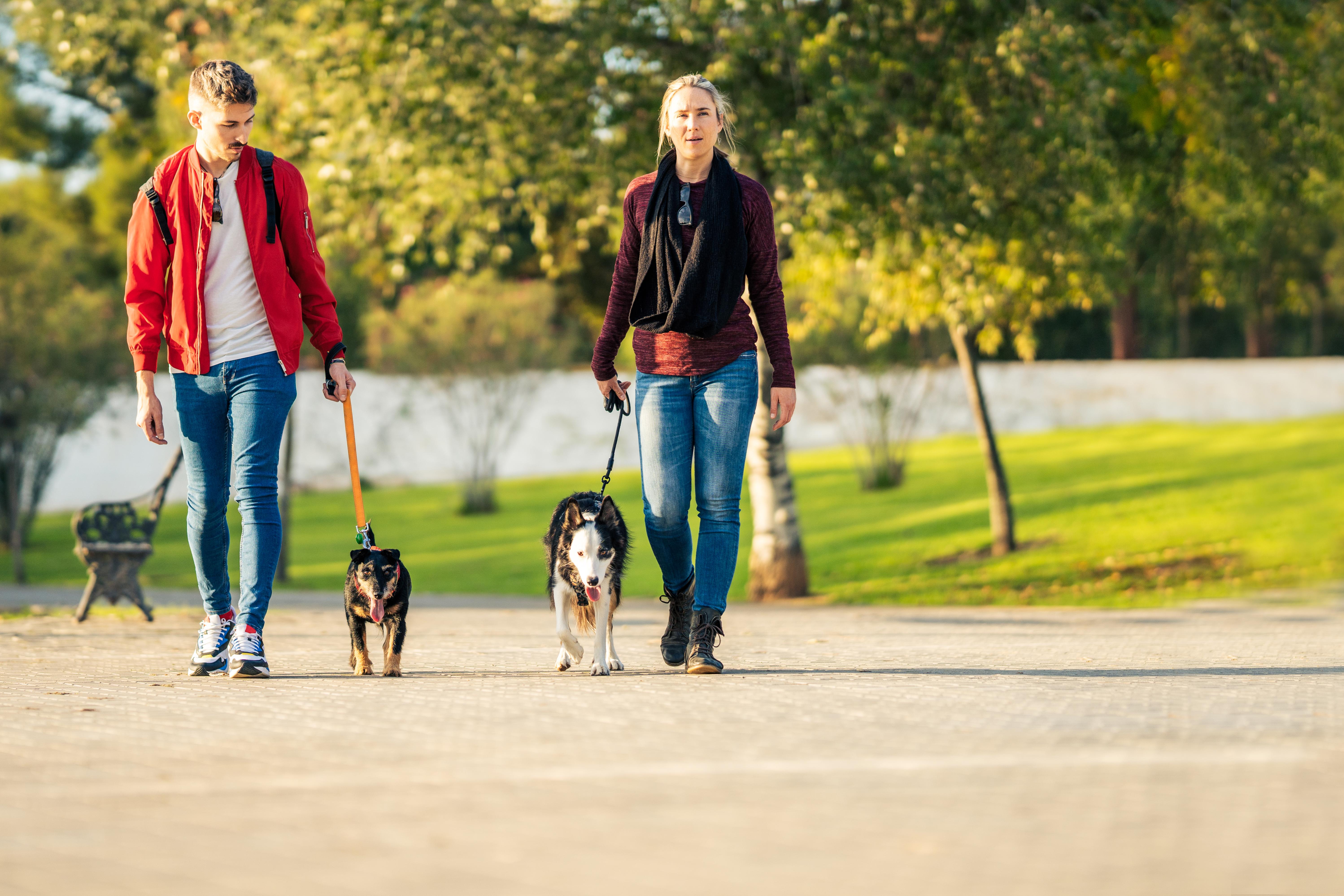
Establishing a consistent routine and structure can provide your dog with a sense of security and predictability, reducing the likelihood of destructive chewing. Dogs thrive on routine, as it helps them understand what to expect and when. Regular feeding times, walks, and play sessions can create a structured environment that minimizes anxiety and boredom. Consistency in rules and expectations is also crucial. Ensure all family members enforce the same guidelines regarding where and what your dog is allowed to chew. A predictable routine can help your dog feel more secure and less inclined to seek out inappropriate items to chew. This section highlights the importance of routine in managing your dog's behavior, offering practical advice on creating a structured environment that supports positive habits.
9. Monitoring and Adjusting Strategies
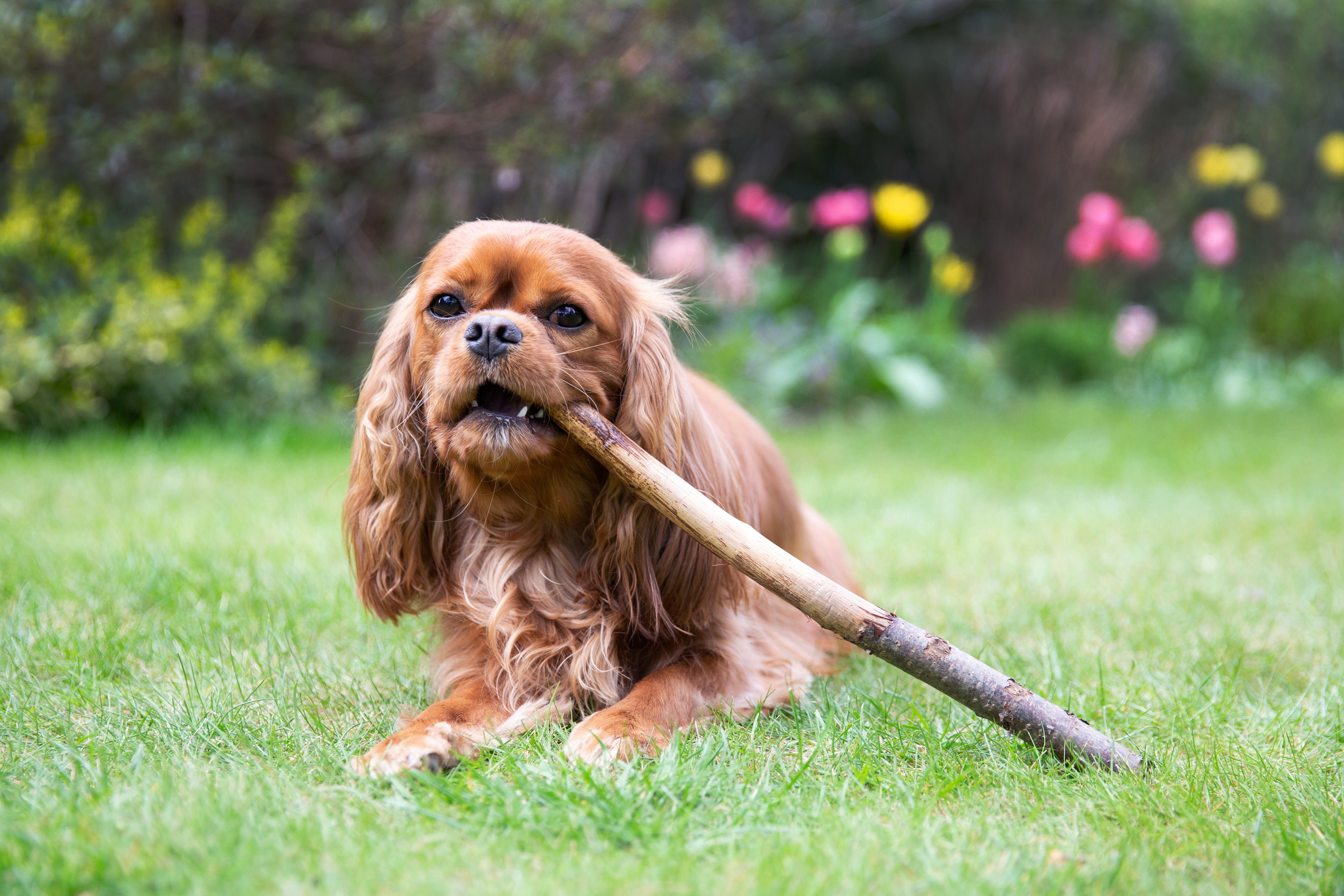
Preventing destructive chewing is an ongoing process that requires monitoring and adjustment. Regularly assess the effectiveness of your strategies and be prepared to make changes as needed. As your dog grows and their needs change, their chewing habits may also evolve. Stay attuned to these changes and adjust your approach accordingly. Keep a log of your dog's behavior to identify patterns or triggers that may require additional attention. This can help you fine-tune your strategies and ensure they remain effective. This section emphasizes the importance of flexibility and responsiveness in managing your dog's behavior, encouraging ongoing evaluation and adaptation to meet your dog's changing needs. By staying proactive and engaged, you can continue to prevent destructive chewing and maintain a harmonious home environment.
10. Professional Help and Resources

Sometimes, despite your best efforts, you may need professional assistance to address destructive chewing. Consulting with a veterinarian can rule out any underlying medical issues that may be contributing to the behavior. A professional dog trainer or behaviorist can provide personalized guidance and support, offering specialized techniques and strategies to manage your dog's chewing. There are also numerous resources available, including books, online courses, and support groups, that can offer additional insights and advice. This section highlights the importance of seeking professional help when needed, acknowledging that managing destructive chewing can be a complex challenge. By leveraging expert resources, you can gain valuable knowledge and support in your efforts to prevent your dog from turning your home into a chew toy paradise.
Preventing your canine from turning your house into a chew toy paradise is a multifaceted process that requires understanding, patience, and consistency. By recognizing the natural instincts behind chewing and addressing the underlying triggers, you can guide your dog toward more appropriate behaviors. Providing suitable chew toys, ensuring a balanced diet, and creating a structured environment are essential components of a successful prevention plan. Training, exercise, and addressing emotional well-being further support your efforts, creating a holistic approach to managing your dog's behavior. Remember that preventing destructive chewing is an ongoing process that requires monitoring and adaptation. By staying engaged and proactive, you can achieve a harmonious home environment where your dog can thrive without resorting to destructive chewing. This conclusion reinforces the themes explored throughout the guide, offering a comprehensive and hopeful outlook on managing your dog's chewing behavior.
